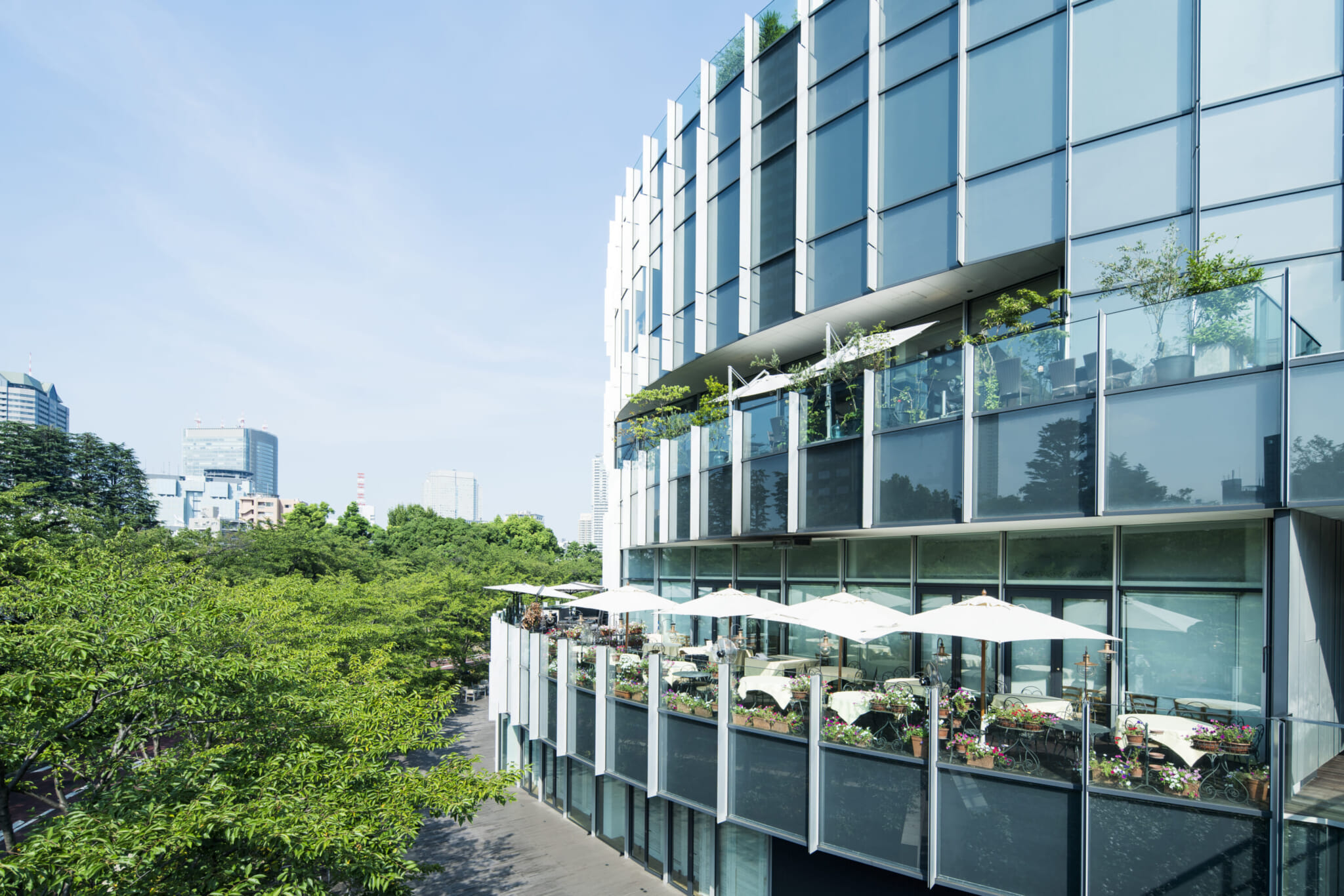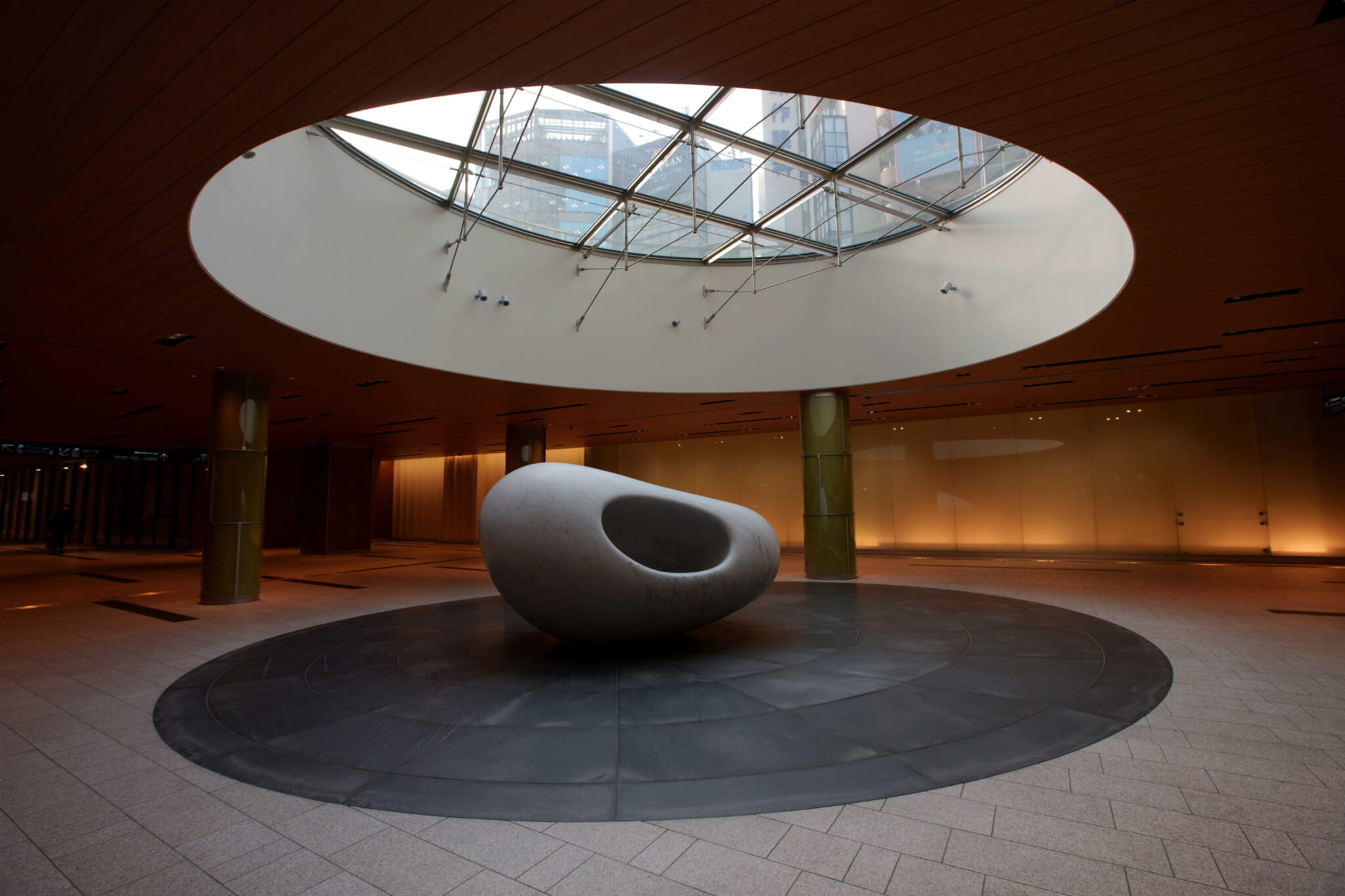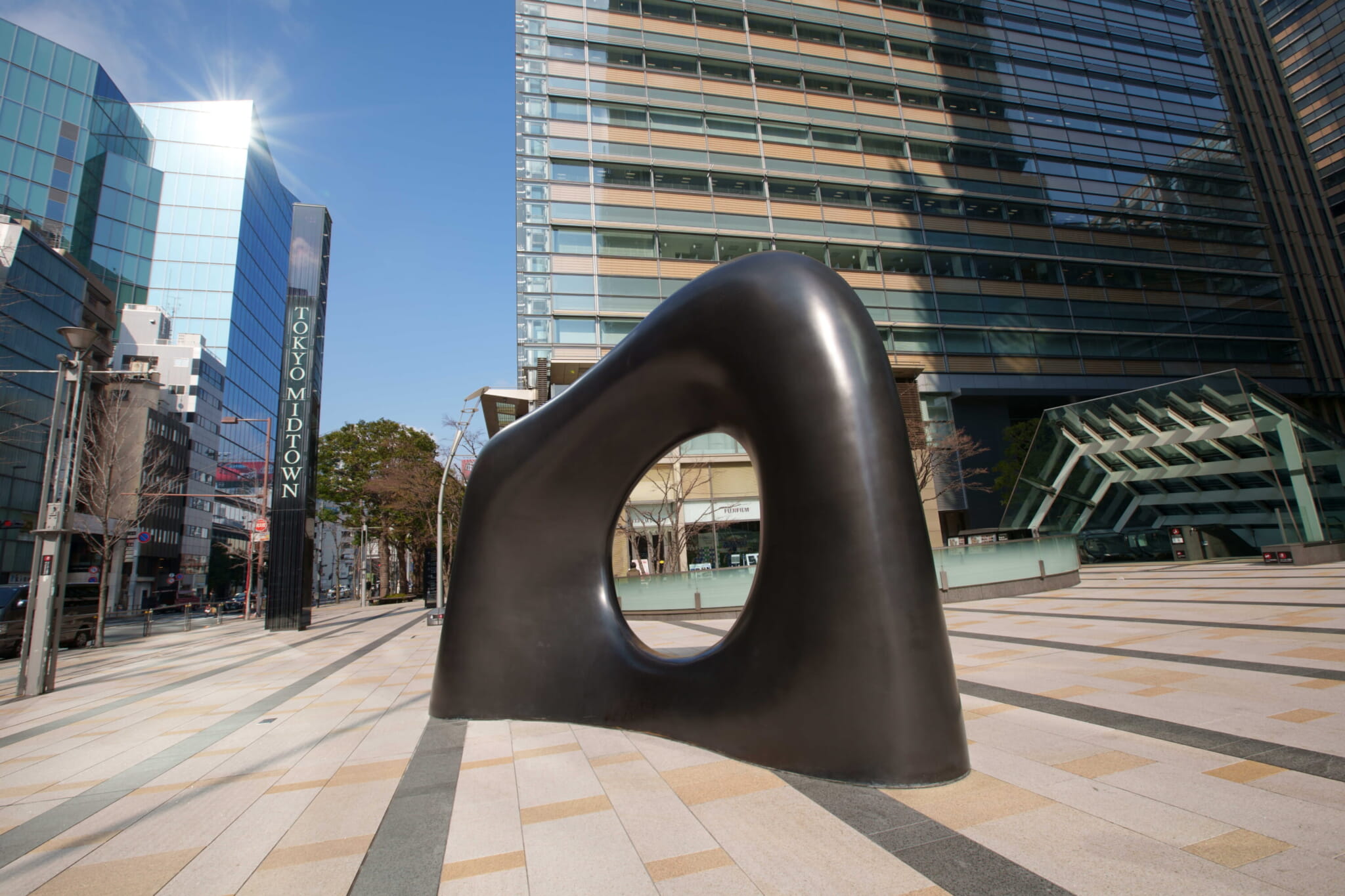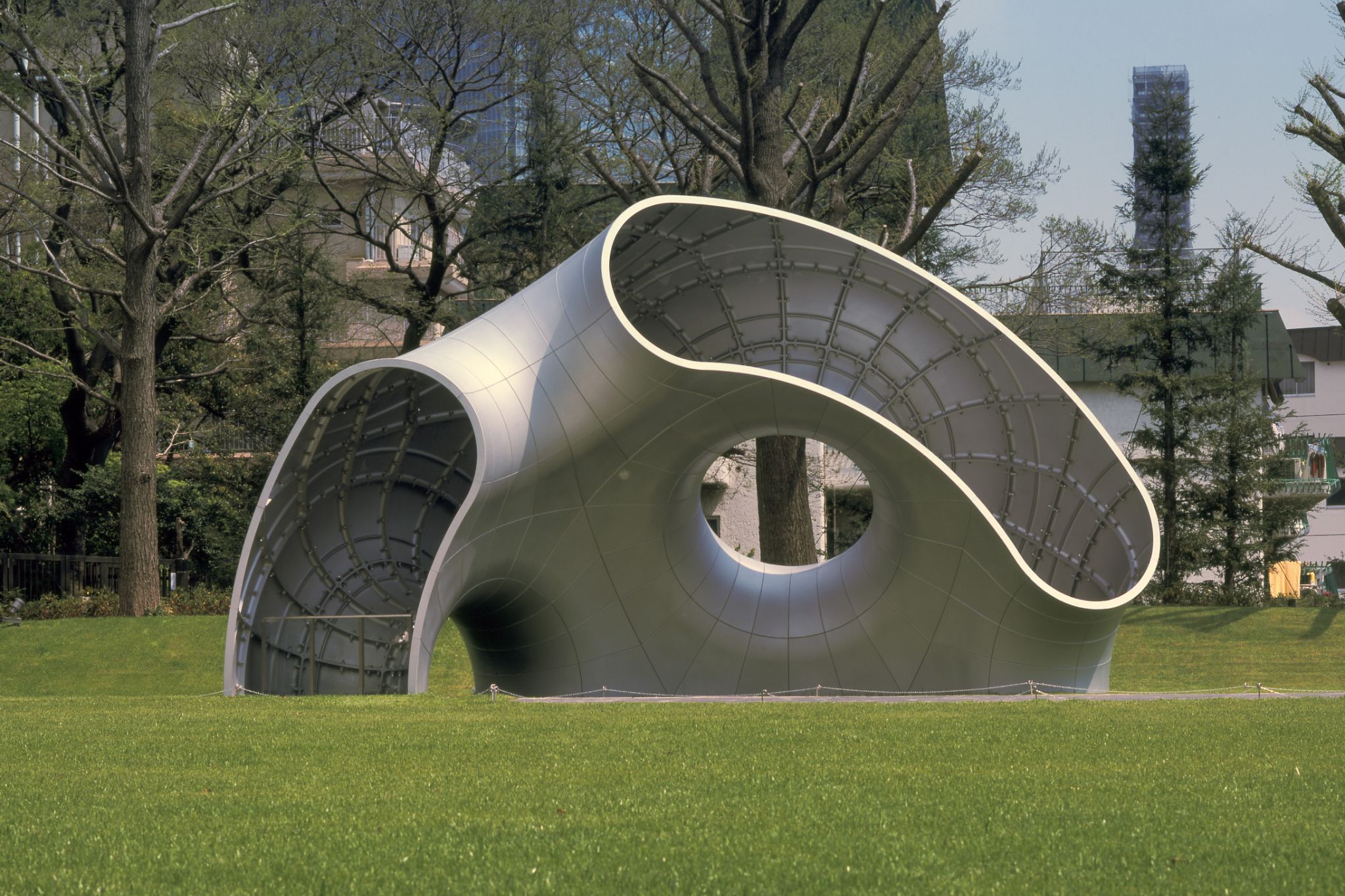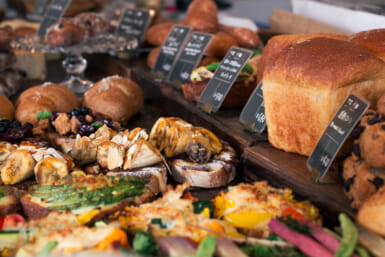A city within a city, Tokyo Midtown is one of the tallest- and sleekest-looking complexes in Japan’s capital. It’s a place where you can shop, eat, drink, work and enjoy various events throughout the year. In addition to all the trendsetting boutiques and first-rate restaurants, cafés and bars, the multipurpose facility also boasts a world-class live music venue, various museums, a clinic, stylish apartments, the luxurious Ritz-Carlton, Tokyo hotel, expansive green spaces and much more.
Located in the heart of the lively entertainment district that is Roppongi, Tokyo Midtown is built on 10 hectares of land and comprises six buildings, including the impressive 248-meter-tall Midtown Tower. The iconic mixed-use urban development opened in 2007 on the former site of the headquarters of the Ministry of Defense. From the outset, the goal was to pursue a vision of sharing Japan’s values with the world while also creating an open urban landscape to exist in harmony with nature.
The idea was to devise not just a modern urban complex but a new neighborhood that could be appreciated by both locals and visitors. Combined with Hinokicho Park, around 40% of Tokyo Midtown is dedicated to lush greenery. An ideal destination to host a variety of events, it provides much to look forward to every season, from cherry blossoms in spring to illuminations and ice skating in winter.
The Museums of Tokyo Midtown
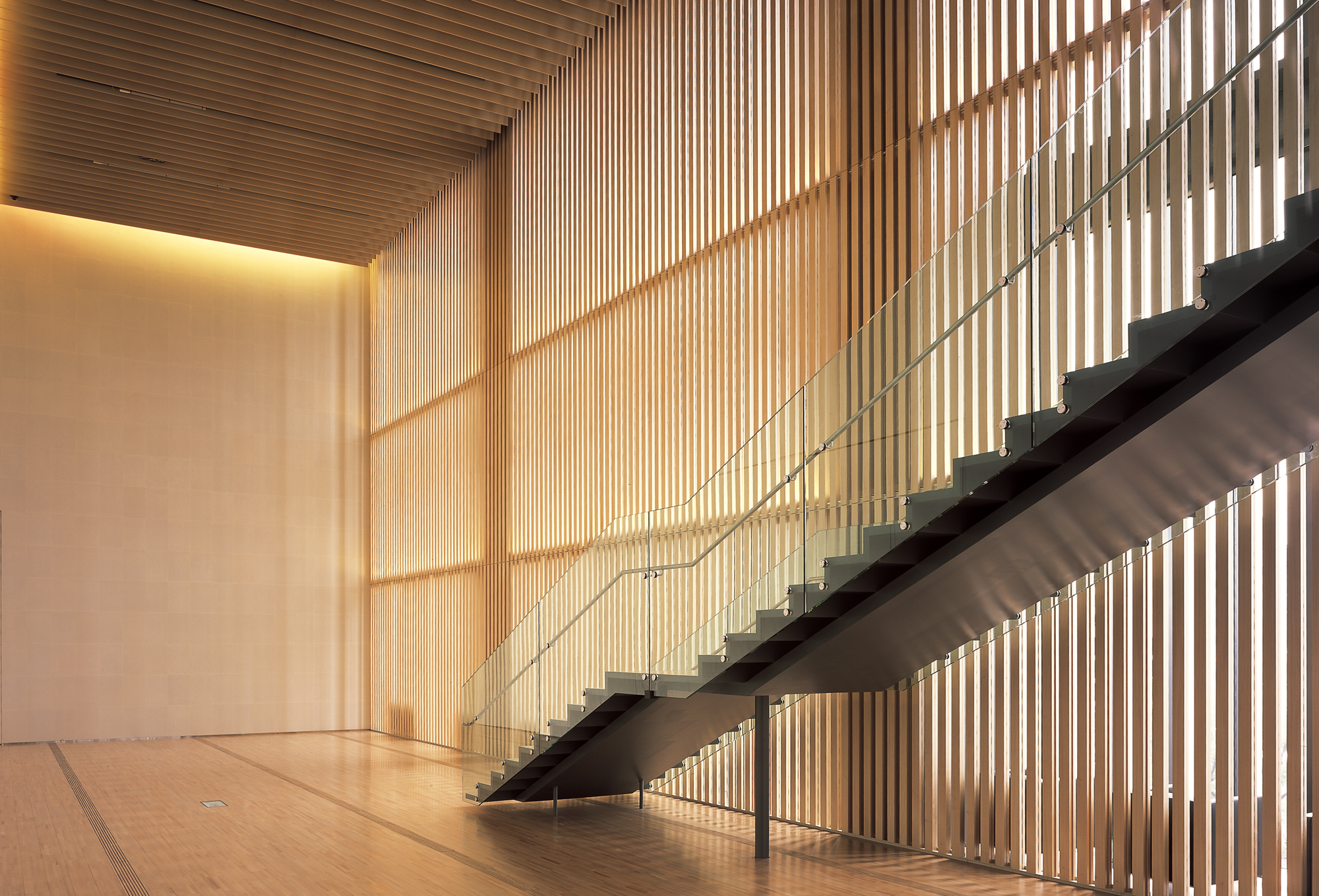
Suntory Museum of Art. Photo ©Keizo Kioku
Suntory Museum of Art
For art lovers, there are a multitude of reasons to visit the complex. In addition to various art festivals, there’s also the Tokyo Midtown Design Hub, which brings people together through exhibitions and seminars. On top of all that, the Suntory Museum of Art, one of Tokyo’s most famous museums, is located on the third floor of the Galleria shopping mall. For anyone interested in Japanese arts and crafts, this is the place to go.
The museum opened in Marunouchi’s Palace Building in 1961 before moving to the Suntory Building in Motoakasaka 14 years later. It was then relocated again in 2007 to Tokyo Midtown, with Kengo Kuma, a man later named by Time magazine as the world’s most influential architect, tasked with designing it. He covered the exterior with white porcelain louvers, giving it a sense of transparency, and finished the interior with wood and traditional washi (Japanese paper), giving it a soothing and inviting ambiance that perfectly achieved his objective to create an “urban living room.”
Built with “Art in Life” as its concept, the museum focuses on special thematic displays and has no permanent exhibitions. However, it does boast an extraordinary collection of some 3,000 items, including paintings, textiles, glassware, ceramics and lacquerware. In amongst all that are 15 Important Cultural Properties and a National Treasure. Whatever the exhibition’s theme, you can rest assured there will be plenty of historical artifacts on view. Other on-site facilities include a shop and café on the third floor, as well as a tearoom on the sixth floor that offers traditional tea ceremony experiences to visitors on designated Thursdays most months.
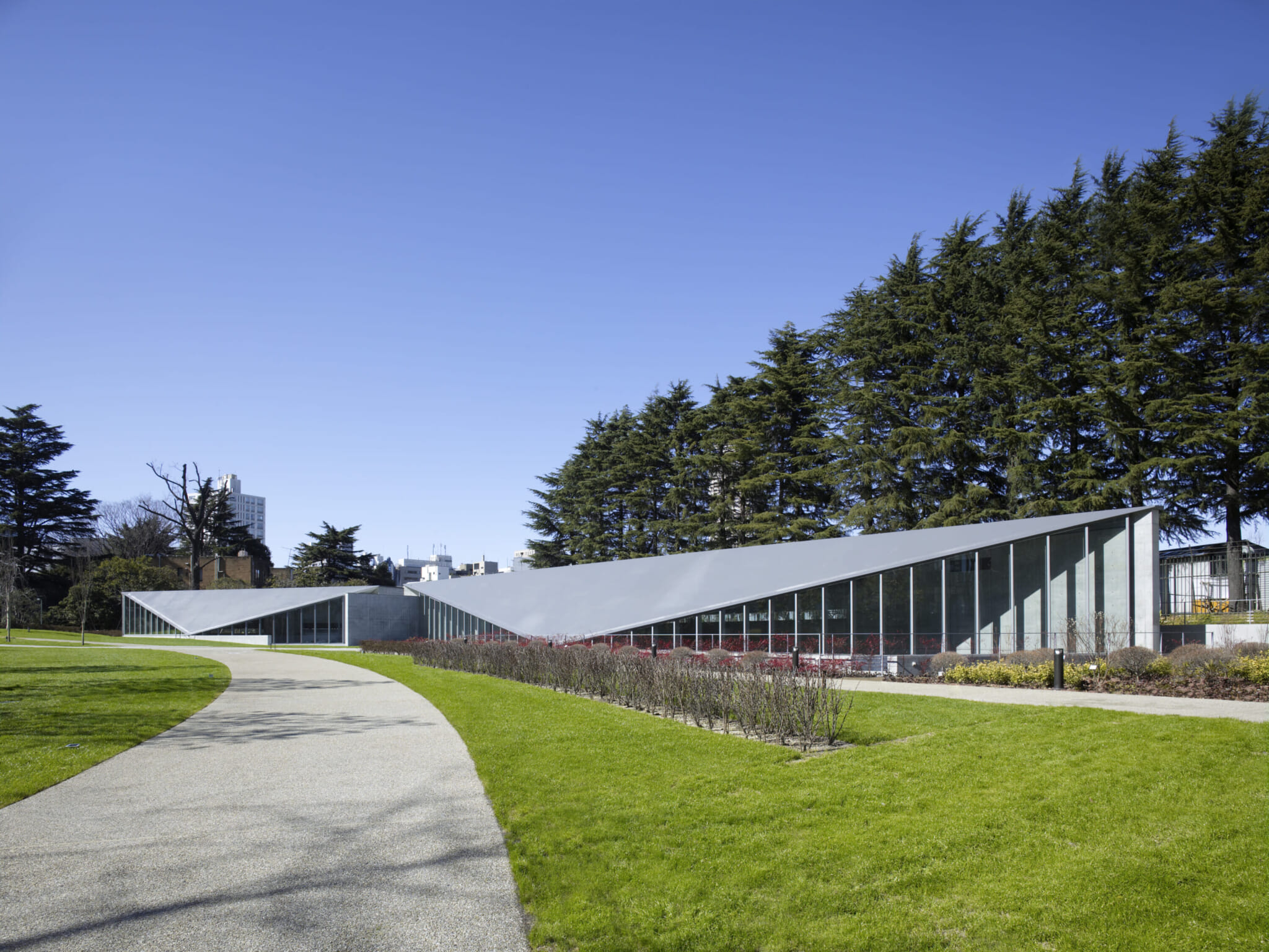
21_21 Design Sight. Photo by Masaya Yoshimura
21_21 Design Sight
Head out to the edge of the garden to find another of Tokyo’s most talked-about facilities. 21_21 Design Sight is an elegant gallery that hosts design-themed exhibitions with the aim of bringing quotidian objects and events to our attention. The idea for the facility came about after the legendary late Japanese designer Issey Miyake contributed an essay titled “Time to Create a Design Museum” to the Asahi Shimbun newspaper in 2003.
Four years later, his ambition was realized. The venue was named 21_21 Design Sight as the idea was to exhibit designs that went beyond twenty-twenty vision, to show guests what lies ahead and provide them with the opportunity to see things from a different angle. Exhibits allow viewers to experience the joy of design and broaden their perspectives. On some occasions, they introduce world-class creators, while at other times, they focus on a variety of familiar objects and events, including units, rules, the future and other abstract concepts.
The facility houses two spacious galleries underground that host rotating exhibitions with a variety of themes. A third, smaller gallery added to the first floor in 2017 usually features collaboration-style exhibitions. The building, designed by 1995 Pritzker Prize-winner Tadao Ando, is a low-rise structure with a roof constructed from a single sheet of folded metal, highlighting Miyake’s clothing design concept of “A Piece of Cloth.” Asserting itself without disturbing the ambience of the surrounding environment, 21_21 Design Sight certainly is an eye-catching piece of architecture.
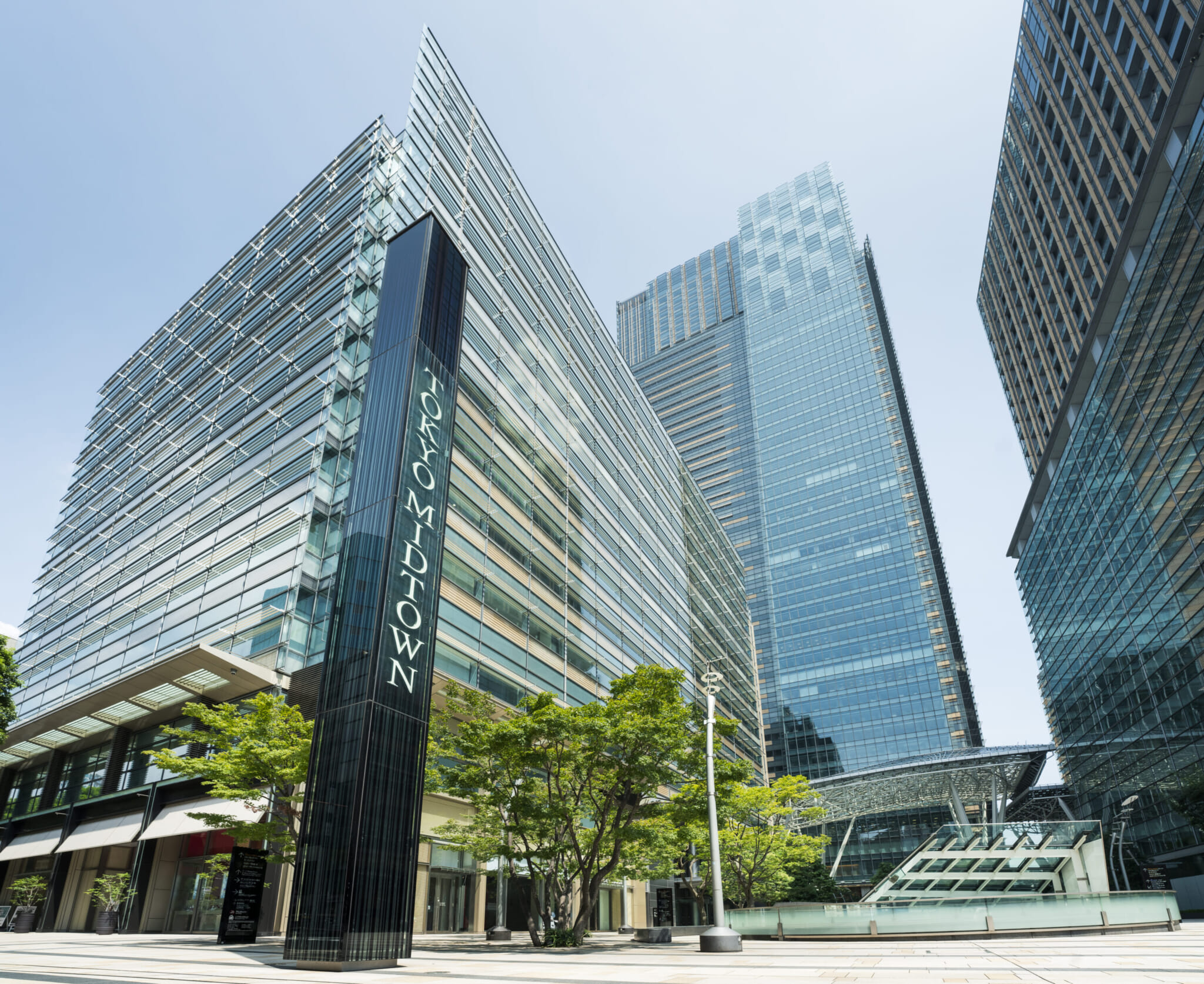
Shopping and Dining at Tokyo Midtown
After spending some time at a museum, it’s then a good idea to grab something to eat. The Galleria has some fantastic restaurant options, particularly on the garden terrace, including Japanese, Italian, Chinese, French, American and Indian eateries. There’s also Billboard Live Tokyo, where you can enjoy live music while savoring refined cuisine. For those who like their food and drink with a view, the Ritz-Carlton, Tokyo’s restaurants on the 45th floor of Midtown Tower are also highly recommended. As well as French and Japanese fine-dining establishments, you’ll find The Bar, an amazing place to sip cocktails while looking down on Tokyo.
When it comes to shopping, there’s something for everyone, whether you’re interested in high-end jewelry and watches or fast-fashion brands. You’ll find interiors, accessory and stationery stores, plus many shops selling high-quality Japanese crafts.
In terms of services, there are various salons, educational facilities and a bilingual concierge. Whether dining, shopping or museum-hopping, Tokyo Midtown is well worth a visit. And for anyone planning an overnight stay in the area, book a room at the Ritz-Carlton, Tokyo, a gorgeous hotel with stunning cityscape views.
3 Eye-Catching Outdoor Artworks To Explore and Admire
Art is every where you look at Tokyo Midtown. Here are three notable artworks to keep an eye out for when visiting this Tokyo hub.
1. Kan Yasuda Sculptures
Walk around the basement and ground floors of Tokyo Midtown, and you’ll find a wide range of artworks that significantly add to the allure of the complex. Meticulously curated, these objects and paintings represent the artistic vision of the facility. At the center of this project are two sculptures, titled “Mindful Heart” and “Key to a Dream,” both of which were created by the revered sculptor Kan Yasuda.
Born in the city of Bibai, Hokkaido, in 1945, Yasuda moved to Italy in 1970 on a fellowship from the Italian government after receiving a master’s degree in sculpture from Tokyo National University of Fine Arts and Music. He then studied with famed sculptor Pericle Fazzini before setting up a studio in Pietrasanta, an Italian town renowned for the superior quality of its marble. His permanent sculptures are exhibited all over the world, including in Spain, the UK, Italy, South Korea, the US and, of course, Japan.
2. Mindful Heart
Walking from Roppongi Station to Tokyo Midtown, visitors are immediately drawn to an 18.5-ton, 1.8-meter-tall white marble sculpture illuminated by celestial light. “Mindful Heart,” called “Ishinki” in Japanese, was completed by Yasuda in 2006. A magnificent piece of art, it is powerful yet at the same time gentle, evoking warm and comforting emotions for many of those that pass by.
Stunningly carved from marble procured in Pietrasanta, it is a thing of beauty that elicits wonder and awe from adults. For kids, it’s something to touch, climb over and even hide in. Yasuda described it to the web magazine Roppongi Future Talks as “a kind of cave where people can lean in close to the inside of the earth.”
3. Key to a Dream
Located on the first floor of Tokyo Midtown, right above “Mindful Heart” on the floor below, is another striking Yasuda sculpture created in 2006. “Key to a Dream,” known as “Myomu” in Japanese, is located at the entrance of the plaza and has become almost like a symbol of the complex. The magnificent bronze sculpture is often used as a place to meet. Despite being surrounded by skyscrapers, it manages to stand out.
As Yasuda explained to Roppongi Future Talks, he believes that the sight of gargantuan buildings can be intimidating to some. By adding a sculpture not much larger than a human, he explained, “the uncomfortable tension will dissipate.” In this sense, “Key to a Dream” acts like a friendly, welcoming face as it stands proudly alongside giant glass-covered structures.
Other artworks on the Tokyo Midtown grounds include Florian Claar’s “Fragment No. 5,” a fascinating piece of art located near the Grass Square. Created under the concept of a pavilion on the moon, the artwork, made up of 11 parts, contrasts in spectacular fashion with its surroundings. It is only a matter of time, however, before it becomes one with its environment, like the fossil of an unknown creature left uncovered on the lawn.

